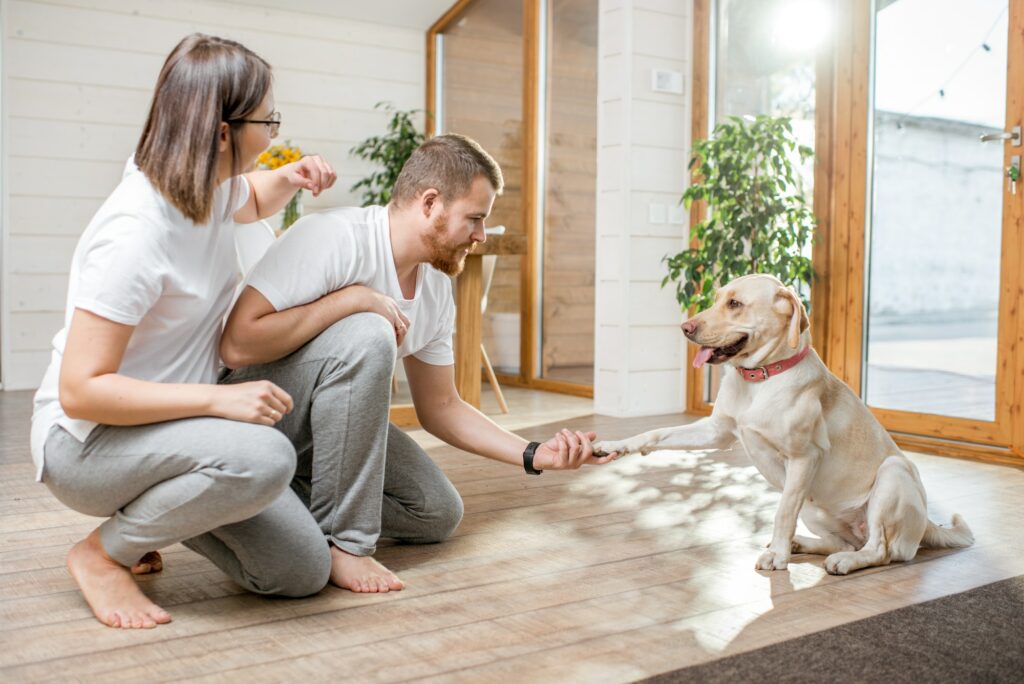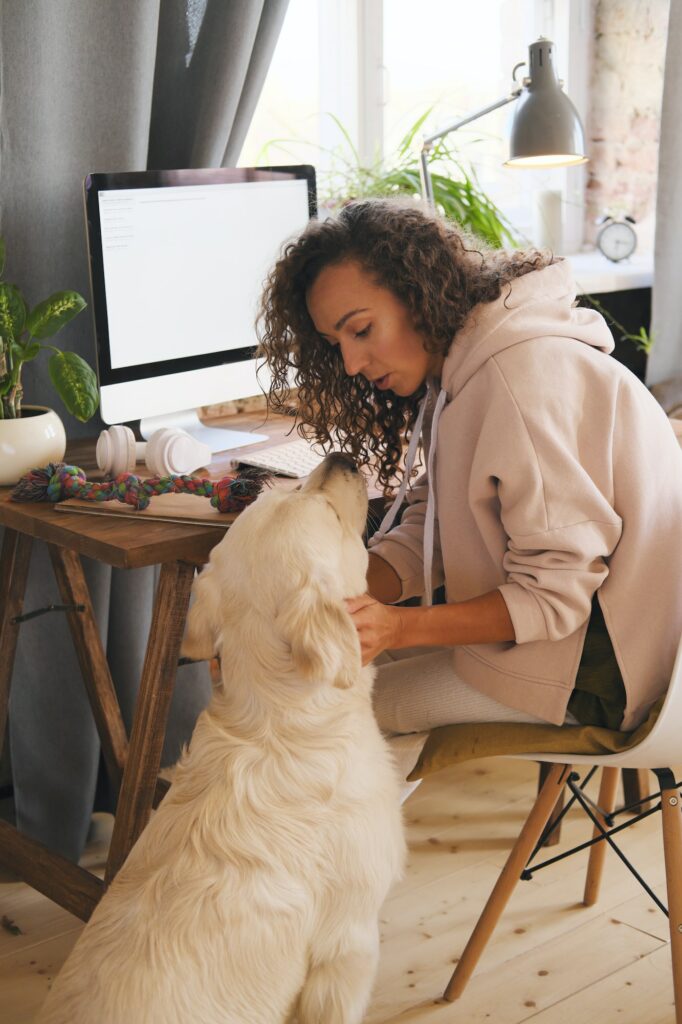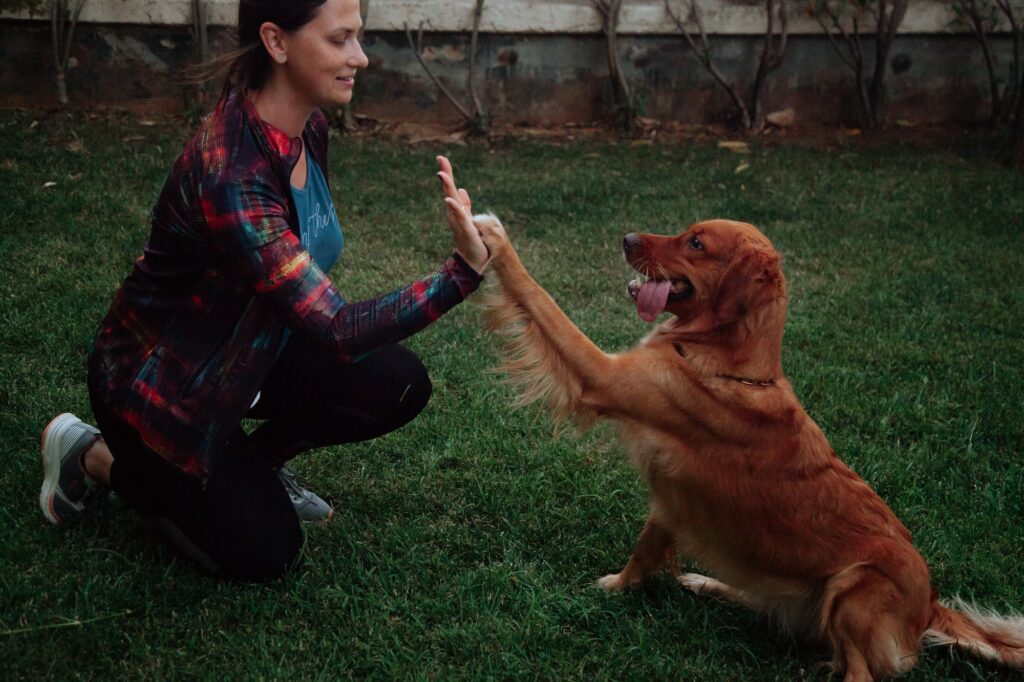When you adopt a shelter dog, you are saving a life and making a difference. Not only are you providing a loving home for an animal in need, but you’re also freeing up space at the shelter for another dog to be taken in. It’s important to remember that adopting a dog is a big responsibility. You need to be prepared to take on everything that comes with having a furry friend in your life. This blog post will discuss what to expect when you adopt a shelter dog and how you can prepare yourself for the transition!
Following the 3/3/3 Rule When You Adopt a Shelter Dog
When you adopt a shelter dog, you may hear some workers or volunteers refer to the 3/3/3 rule. This rule is essentially a guide to help you prepare for bringing your dog home and what to expect from them in the first three days, three weeks, and three months of being in their new home.
The First 3 Days

You are still in your introductory phase during the first three days after you adopt a shelter dog. Because of this, you can’t expect your new dog to be your best friend just yet. Chances are your pup is still unsure and a little overwhelmed about what’s happening. It is normal for a newly adopted dog to be antisocial and even miss meals when they first arrive in their new home, while others will act out to test their limits and see what they can get away with.
During this period it is important to let your new dog get to know you and avoid any situations that may be too overwhelming. Try not to force any physical affection on them, let them come to you when they’re ready. It is also important to create a routine for your dog during this time so they know what to expect. This includes regular mealtimes, walks, and potty breaks.
The First 3 Weeks
The first three weeks after you adopt a shelter dog is the settling-in period. Your new dog is probably starting to feel more comfortable and is likely realizing that they are there to stay. During this stage , it is important to continue working on building trust and creating a routine. This is also a good time to start obedience training with your dog.
You may find that your dog starts to test their limits and challenge your authority more during this period. They may start chewing on things they’re not supposed to or barking excessively. It is important to be patient and consistent with your training during this time.
The First 3 Months
The first three months after you adopt a shelter dog is when you can expect them to start feeling like a part of the family. They should be pretty comfortable with you and their new routine by now. You have most likely created a bond like no other, and you probably can’t imagine life without each other!
The Three C’s
And while the 3/3/3 rule is helpful to understand when you adopt a shelter dog, it doesn’t spell things out in much detail. This is why when you adopt a shelter dog, you should also remember the Three C’s!
Comfort

The first three days after you adopt a shelter dog should be focused on comfort. You should take the time to welcome your pup and let them know they they are part of the family! Here are some do’s and don’ts you should follow when it comes to comfort:
Do
- Set up the area ahead of time: Ideally, you will have the time to set up your home before you adopt a shelter dog. This helps you focus on getting them comfortable during the first few days. So try and take care of dog-proofing your dog and getting everything you need – toys, crate, leash, collar, and food. etc.- before you bring your pup home.
- Let your dog explore outside first: Before you bring your dog inside, let them explore your yard and get accustomed to the new smells and where they will be going potty. If you have other dogs in your home, you should introduce them to one another outside. However, this should not happen immediately.
- Start forming a schedule right away: This can include simple things like being fed at the same time or giving them a walk at the same time throughout the day. This helps prepare them to start to form a basic routine.
- Set up a cozy and safe area: You should find a space in your home to put your dog’s crate that is less crowded, and put comfortable blankets along with food, water and toys nearby for them to access.
- Show them around your home on a leash: The first time you bring your dog inside your home, you should keep them on a leash, and once they are calm, let them off leash in their safe area.
- Let your dog set the tone: When you first adopt a shelter dog, they may not want to socialize. If this is the case, don’t force them to. Encourage them when they do want to socialize but let them retreat when they are ready.
Don’t
- Let visitors come over right away: In order to avoid overwhelming your dog try your best to keep your home quiet and calm for the first few days. No matter how much you want to share your new family member, it is important to let them settle in first.
- Force socialization and interactions: We mentioned before that after you adopt a shelter dog, it is important to let them set the tone of the relationship. So don’t force them to socialize if they don’t want to.
- Let kids and pets into their safe space: The cozy space you made for your dog should be an area they are in control of. In order to avoid causing any additional stress, do not let small children or other pets in there during the first three days.
Care
Once your new dog knows that it can be comfortable around you, it is important that you show them you care. Your dog is still learning about their new environment, so it is important for you to set clear boundaries while letting them know you will take care of them.
Do

- Take time to bond: When it comes to forming a bond with your dog, it can take time, however, it is important to get started as soon as you can.
- Start training: About three weeks after you adopt a shelter dog is when you should start training. Let them know what they can do inside the house and what they can not do. You should also make sure you set boundaries for furniture and areas in the home that are off limits. This training should also include basic commands like sit and stay if they do not already know them
- Introduce thme to other pets and kids: At this stage you can start introducing your dog to other members of the family including pets and kids.
- Be consistent every day and make sure everyone participates: Make sure everyone in your family and that comes into your home knows the behaviors expected of your dog. The more consistent you are the easier it will be for your dog to learn.
Don’t
- Let them get away with things: Just because your dog is still learning does not mean you should let them get away with everything. If they have an accident in the house or chew on something they are not supposed to make sure you correct their behavior.
Consistency
One important thing you should know when you adopt a shelter dog is that they thrive on routine. That is why it is important to stick to a routine that works for both you and your pup. This consistency is especially important during the first three months after you adopt a shelter dog.

Do
- Keep up with their training: Make sure to continue training your dog and reinforce their previous training. This will help to build your bond and help them learn new skills and tricks too!
- Maintain a regular schedule: Remember…consistency is key! Make sure to continue following the schedule and routine you have created.
- Help them get accustomed to being alone: Three months after you adopt a shelter dog, you should start to increase the time they are left alone during the day. Start small and then slowly increase how long you are away each day, this helps to show them that you will always come back.
- Regularly socialize them: Not all training is just skill-based. A lot of training is socialization too. Make sure you continue to have your dog interact with other animals and people.
Don’t
- Let your dog backslide: Sometimes, a dog will be doing wonderfully and following all the rules and then backslide. This happens when your dog starts to get too comfortable, so make sure to correct the behavior and remind them you’re in charge.
- Ignore potential problems: If your newly adopted dog has any remaining behavioral or emotional issues, it’s important to address them. If you need help, you can always consult a professional trainer.
When You Adopt A Shelter Dog, Your Life Changes
When you adopt a shelter dog, your life will change in some big and small ways. But mostly, it will just become richer and more wonderful. You’ll have a new best friend who will always be there for you, no matter what. So, if you’re thinking about adding a furry friend to your family, go ahead and adopt a shelter dog! You won’t regret it. If you have any questions about this process, please feel free to reach out to our team! We would be happy to provide you with any guidance we can!
